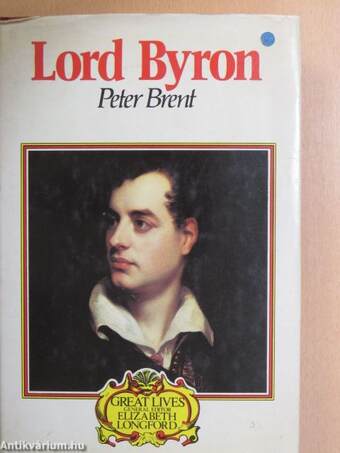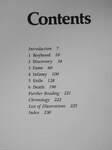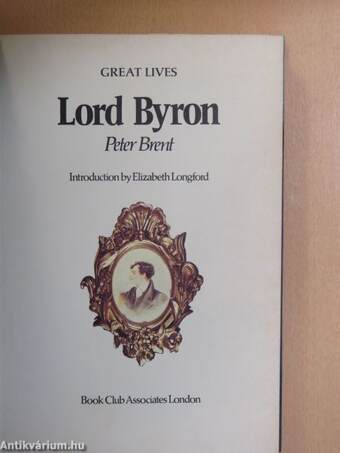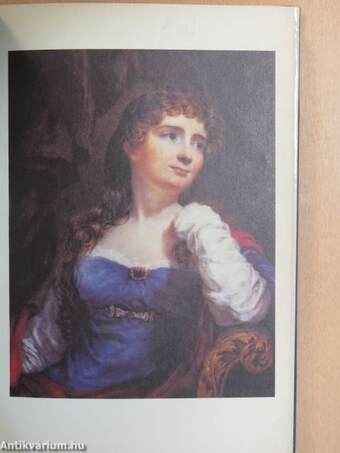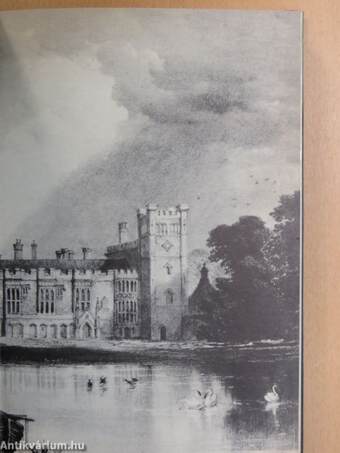1.067.672
kiadvánnyal nyújtjuk Magyarország legnagyobb antikvár könyv-kínálatát

VISSZA
A TETEJÉRE
JAVASLATOKÉszre-
vételek
Lord Byron
| Kiadó: | Book Club Associates |
|---|---|
| Kiadás helye: | London |
| Kiadás éve: | |
| Kötés típusa: | Fűzött keménykötés |
| Oldalszám: | 232 oldal |
| Sorozatcím: | Great Lives |
| Kötetszám: | |
| Nyelv: | Angol |
| Méret: | 26 cm x 18 cm |
| ISBN: | |
| Megjegyzés: | Színes és fekete-fehér fotókkal, reprodukciókkal. |
naponta értesítjük a beérkező friss
kiadványokról
naponta értesítjük a beérkező friss
kiadványokról
Fülszöveg
When news of Byron's death spread through Europe, the poet's reputation which had long been mostly infamous or, at the very least, highly controversial, was suddenly transformed into legend. His fellow romantic poets - Heine, Hugo, Lamartine - hailed him as the greatest upholder of liberalism his generation had produced; in England Carlyle, describing him as 'the noblest spirit in Europe', declared that he felt as though he had lost a brother; and the grief-stricken, fourteen-year-old Tennyson scratched the words 'byron is dead' in the sandstone near Somersby.
The poet of love and doom, the heroic supporter of the oppressed, the nonconformist whose creed was the freedom of the human spirit: it is as the supreme romantic rebel that successive generations have regarded Byron.
True though it is that the legend did rectify certain harsh judgements of the man, the reality nevertheless was not as consistent as the image. For if Byron was radical, compassionate, courageous, handsome,... Tovább
Fülszöveg
When news of Byron's death spread through Europe, the poet's reputation which had long been mostly infamous or, at the very least, highly controversial, was suddenly transformed into legend. His fellow romantic poets - Heine, Hugo, Lamartine - hailed him as the greatest upholder of liberalism his generation had produced; in England Carlyle, describing him as 'the noblest spirit in Europe', declared that he felt as though he had lost a brother; and the grief-stricken, fourteen-year-old Tennyson scratched the words 'byron is dead' in the sandstone near Somersby.
The poet of love and doom, the heroic supporter of the oppressed, the nonconformist whose creed was the freedom of the human spirit: it is as the supreme romantic rebel that successive generations have regarded Byron.
True though it is that the legend did rectify certain harsh judgements of the man, the reality nevertheless was not as consistent as the image. For if Byron was radical, compassionate, courageous, handsome, witty and undeniably gifted as a poet, he could also be ferocious, cruel, petty, violent and amoral. He lived, loved and hated violently and passionately, but, though his life was consistent in that respect, the true Byronic image is one of kaleidoscopic complexity. By presenting his subject through a series of'masks', Peter Brent, in this vivid and compelling biography, offers us the key to a lucid way of approaching Byron.
20 pages of colour plates
ioo illustrations in black and white
Jacket Illustrations
front : Byron at the age of 26, by Thomas Phillips.
back: Byron and Robert Rushton landing from a boat, by George Sanders. By gracious permission of Her Majesty the Queen. Vissza
Témakörök
- Irodalomtörténet > Írókról, költőkről
- Életrajz > Művészet > Irodalom > Költők
- Idegennyelv > Idegennyelvű könyvek > Angol > Irodalomtörténet
- Idegennyelv > Idegennyelvű könyvek > Angol > Életrajz > Művészet > Irodalom > Költők
- Irodalomtörténet > Monográfia, életrajz
- Irodalomtörténet > Világirodalom > Európai irodalom > Angol
- Irodalomtörténet > Irodalomtudomány > Korszakok > 19. századi
Peter Brent
Peter Brent műveinek az Antikvarium.hu-n kapható vagy előjegyezhető listáját itt tekintheti meg: Peter Brent könyvek, művekMegvásárolható példányok
Nincs megvásárolható példány
A könyv összes megrendelhető példánya elfogyott. Ha kívánja, előjegyezheti a könyvet, és amint a könyv egy újabb példánya elérhető lesz, értesítjük.



